Sushi, a quintessential Japanese dish, has captivated the taste buds of people worldwide. This comprehensive guide delves into the history and evolution of sushi, explores the various types, provides step-by-step instructions for making sushi at home, and highlights its nutritional benefits. Whether you’re a sushi aficionado or a curious beginner, this article will offer valuable insights and practical tips.
What is Sushi?
Sushi is a traditional Japanese dish that consists of vinegared rice paired with a variety of ingredients, including raw or cooked seafood, vegetables, and occasionally tropical fruits. The term “sushi” actually refers to the seasoned rice, which is the foundation of the dish, rather than the fish or other toppings. Sushi has become a global culinary phenomenon, enjoyed in a variety of forms and flavors.
In Japan, sushi holds a significant cultural and social role, often associated with celebrations and special occasions. Its preparation is considered an art, with chefs training for years to master the delicate balance of flavors and presentation. Sushi’s popularity has spread worldwide, with sushi bars and restaurants found in almost every major city.
The History of Sushi
The origins of sushi can be traced back to ancient Japan, where it began as a method of preserving fish in fermented rice. This early form, known as narezushi, involved packing fish with rice and allowing it to ferment for months. Over time, the fermentation process was shortened, and by the Edo period (1603-1868), a new style called hayazushi emerged, which used fresh fish and vinegared rice.
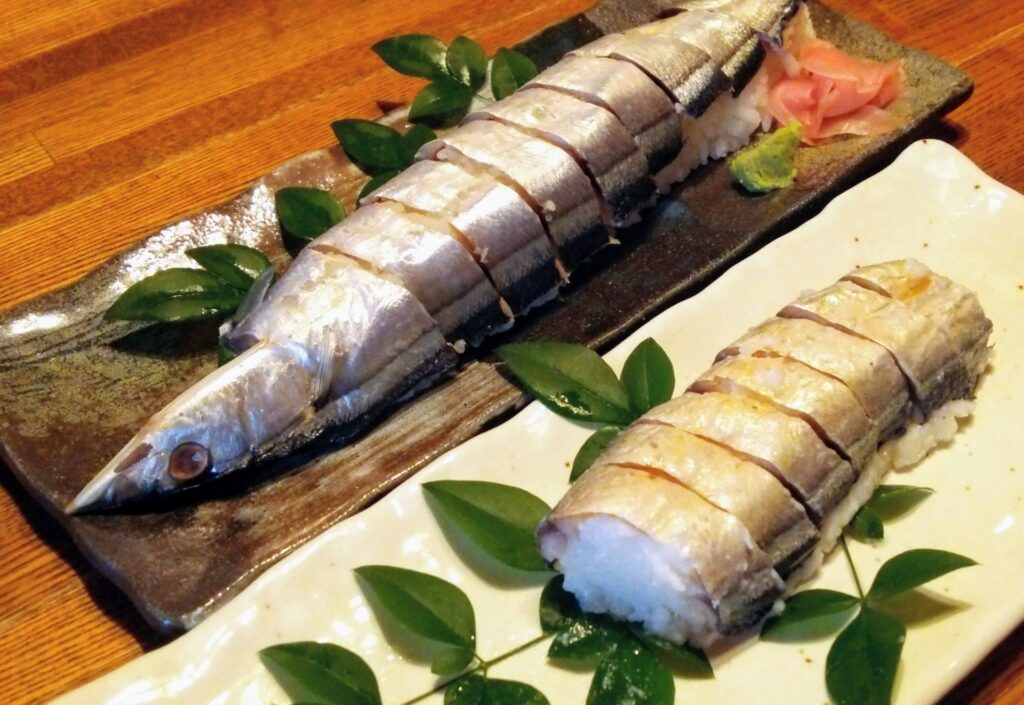
In the 19th century, a Tokyo chef named Hanaya Yohei developed nigiri sushi, featuring a slice of fresh fish atop a small ball of rice. This innovation quickly gained popularity, leading to the sushi we recognize today. As sushi spread globally in the 20th century, it evolved to incorporate local ingredients and tastes, further diversifying its forms and flavors.
Types of Sushi

Sushi comes in various styles, each with its unique characteristics:
- Nigiri: A slice of fish or seafood placed on a small ball of rice, often with a dab of wasabi.
- Maki: Sushi rolls made with rice and fillings wrapped in seaweed (nori) and sliced into bite-sized pieces.
- Temaki: Hand-rolled sushi in the shape of a cone, filled with rice, fish, and vegetables.
- Chirashi: A bowl of sushi rice topped with a variety of sashimi and garnishes.
- Uramaki: Inside-out rolls with rice on the outside and seaweed on the inside, surrounding the fillings.
- Sashimi: Thinly sliced raw fish or seafood, served without rice.
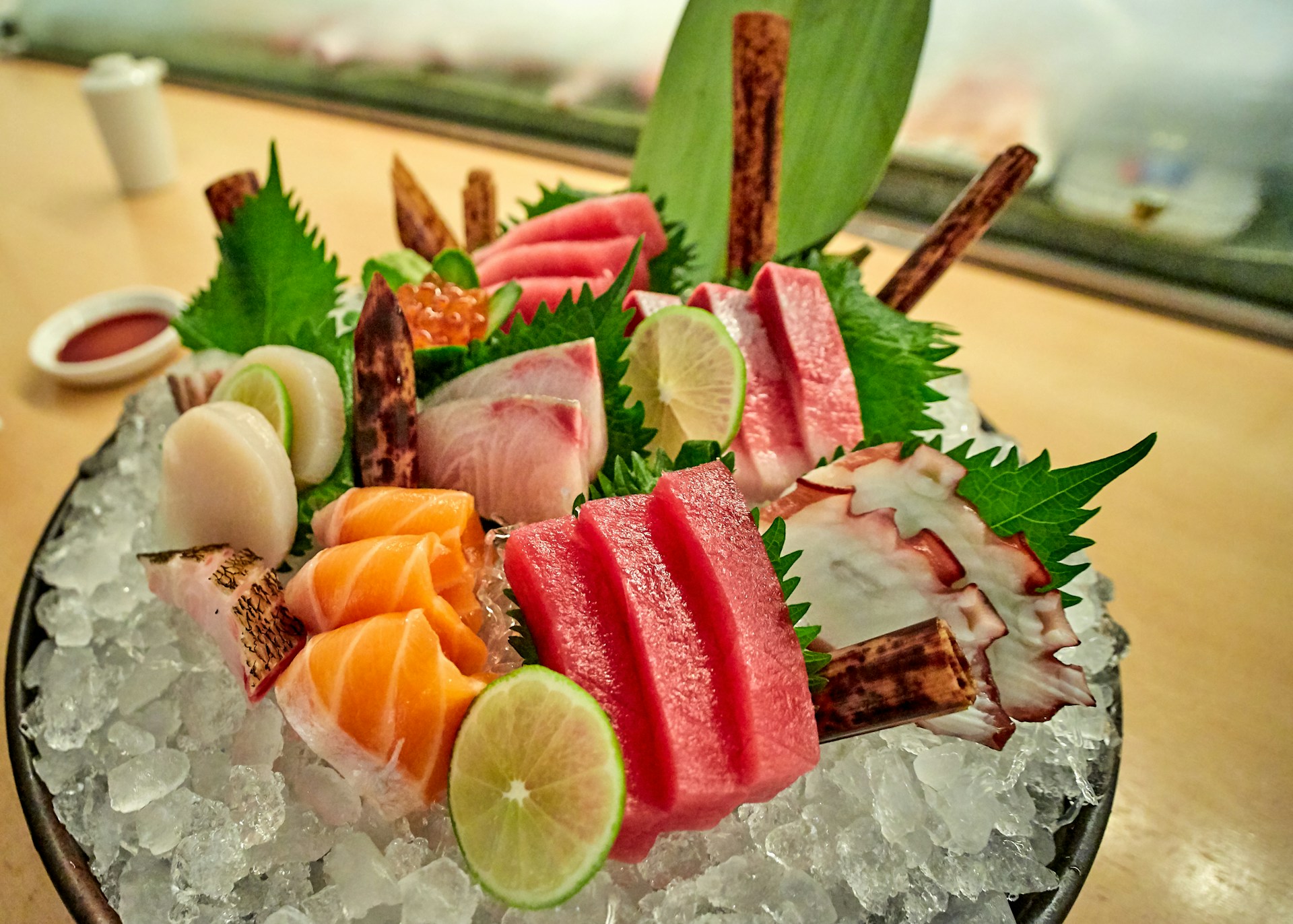
Common Ingredients in Sushi
Sushi’s appeal lies in its simplicity and the quality of its ingredients. Common ingredients include:
- Fish and Seafood: Tuna, salmon, eel, shrimp, and octopus.
- Vegetables: Cucumber, avocado, pickled radish (takuan), and seaweed.
- Condiments: Soy sauce, wasabi, and pickled ginger (gari).
- Other: Sushi rice (seasoned with vinegar, sugar, and salt), nori (seaweed sheets).
Using fresh, high-quality ingredients is crucial for the best sushi experience. The freshness of fish, crispness of vegetables, and the right balance of rice seasoning make all the difference.
How to Make Sushi at Home
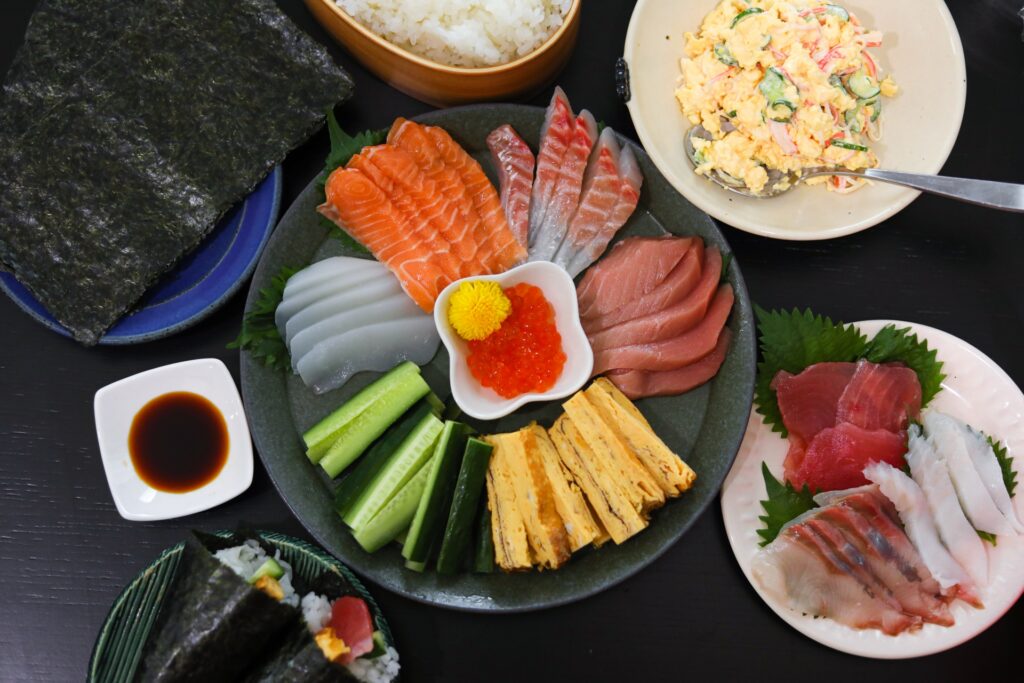
Making sushi at home can be a fun and rewarding experience. Here’s a basic step-by-step guide:
- Prepare the Rice: Rinse sushi rice until the water runs clear. Cook the rice and then season with a mixture of rice vinegar, sugar, and salt. Let it cool.
- Prepare the Ingredients: Slice fish, vegetables, and any other fillings thinly. Arrange them neatly for easy access.
- Assemble Nigiri: Form small balls of rice and top with a slice of fish.
- Roll Maki: Place a nori sheet on a bamboo mat, spread rice evenly, add fillings, and roll tightly. Slice into pieces.
- Shape Temaki: Lay out a nori sheet, add rice and fillings, and roll into a cone shape.
For beginners, starting with simple rolls like cucumber or avocado maki can be a great way to practice.
Tips for Perfect Sushi

Creating perfect sushi requires attention to detail and practice. Here are some tips:
- Knife Techniques: Use a sharp knife to make clean cuts, especially for fish.
- Rolling Methods: Apply gentle pressure when rolling to ensure the sushi is firm but not squished.
- Presentation: Arrange sushi attractively on the plate, garnished with pickled ginger and a small dollop of wasabi.
The Health Benefits of Sushi
Sushi is often considered a healthy meal option due to its high protein content, omega-3 fatty acids, and essential vitamins and minerals. Fish, particularly fatty fish like salmon and tuna, are excellent sources of omega-3s, which are beneficial for heart health. Additionally, sushi is typically low in calories and fat, making it a nutritious choice.
However, it’s essential to be mindful of the sodium content in soy sauce and the sugar in sushi rice. Moderation is key to maintaining the health benefits of sushi.
Sushi for Special Diets
Sushi can be adapted to suit various dietary needs:
- Vegan and Vegetarian: Use vegetables like avocado, cucumber, and pickled radish. Tofu and tempeh are great protein substitutes.
- Gluten-Free: Ensure soy sauce is gluten-free and avoid tempura (battered and fried) ingredients.
- Low-Carb: Opt for sashimi or use cauliflower rice instead of traditional sushi rice.
Experimenting with these substitutions can make sushi accessible to everyone.
Sushi Etiquette and Dining Tips
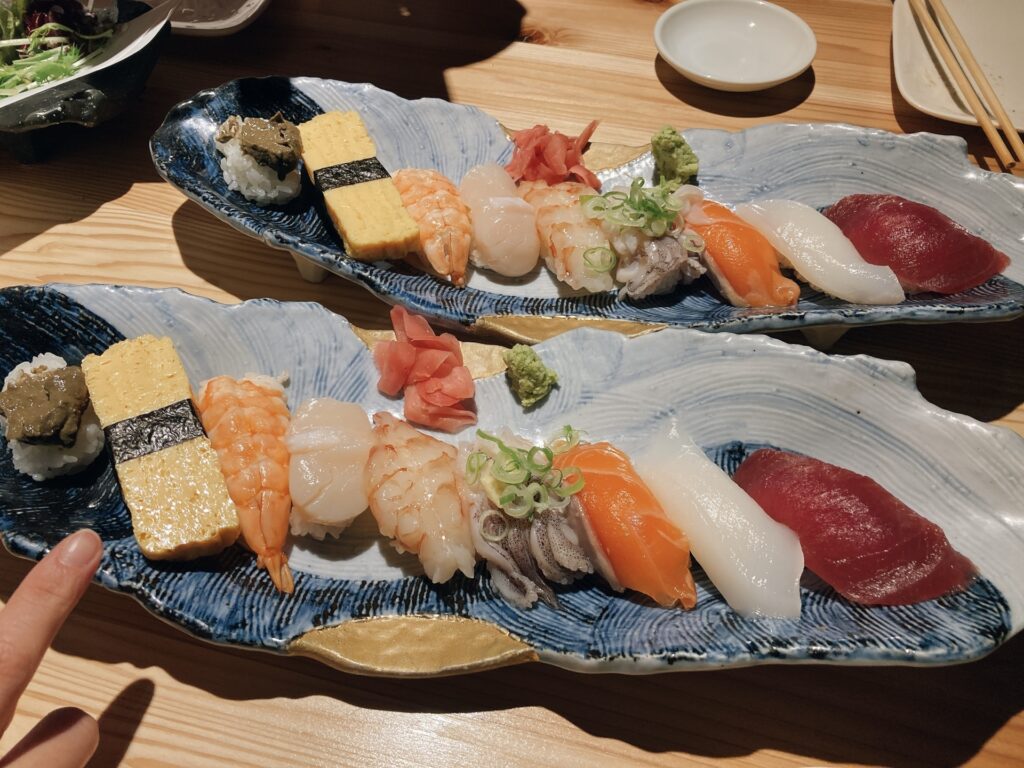
When dining at a sushi restaurant, observing proper etiquette enhances the experience:
- Chopsticks: Use chopsticks to pick up sushi or eat it with your hands (except sashimi, which should always be eaten with chopsticks).
- Dipping: Dip the fish side of nigiri into soy sauce, not the rice, to prevent it from falling apart.
- Wasabi and Ginger: Wasabi can be added to soy sauce or directly onto the sushi. Pickled ginger is meant to cleanse the palate between bites.
Respecting these practices shows appreciation for the culinary art of sushi.
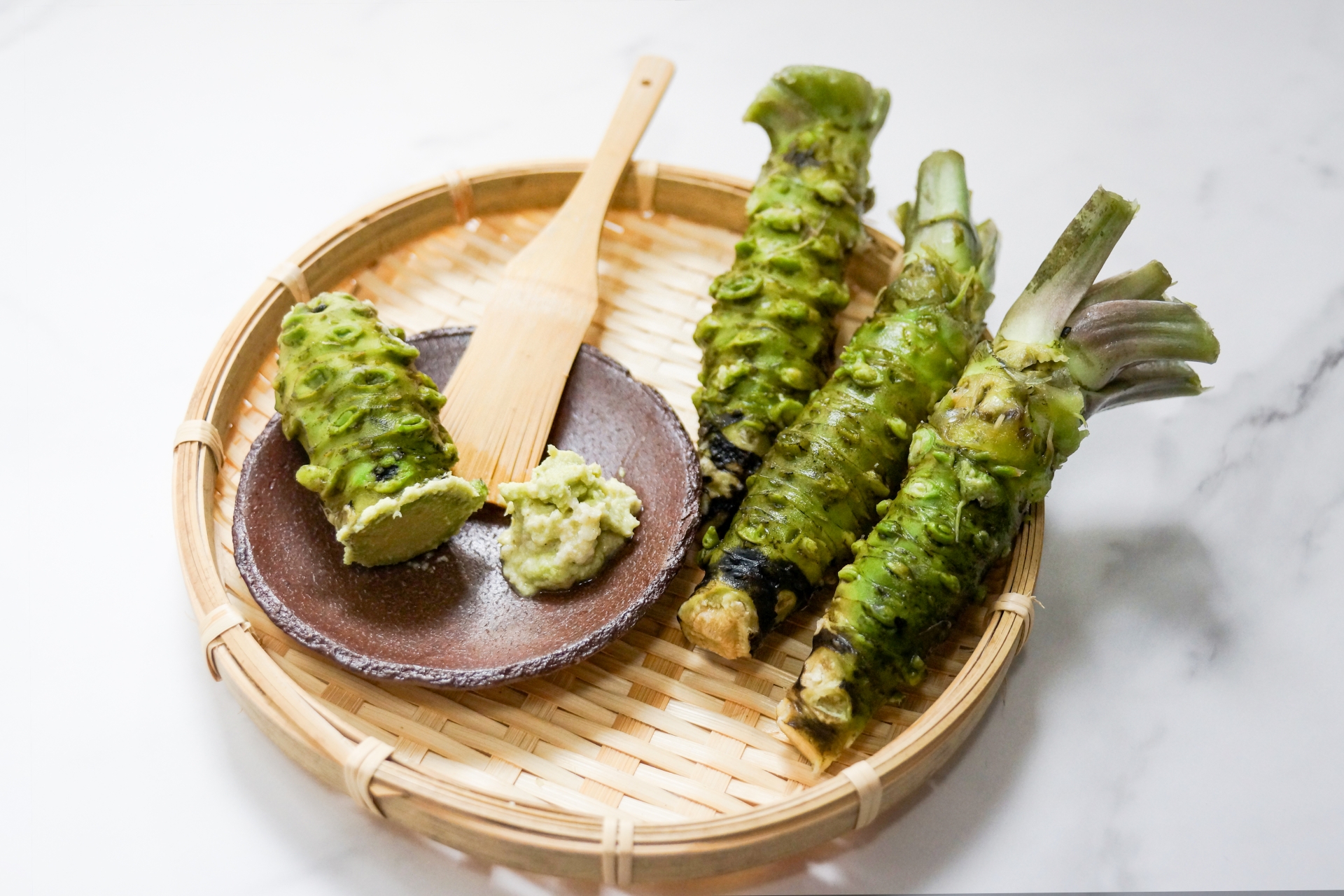
Conclusion
Sushi’s rich history, variety, and health benefits make it a beloved dish worldwide. Whether enjoying it at a restaurant or making it at home, sushi offers a delightful and nutritious culinary experience. Explore different types, experiment with recipes, and embrace the cultural significance of this iconic Japanese dish.











